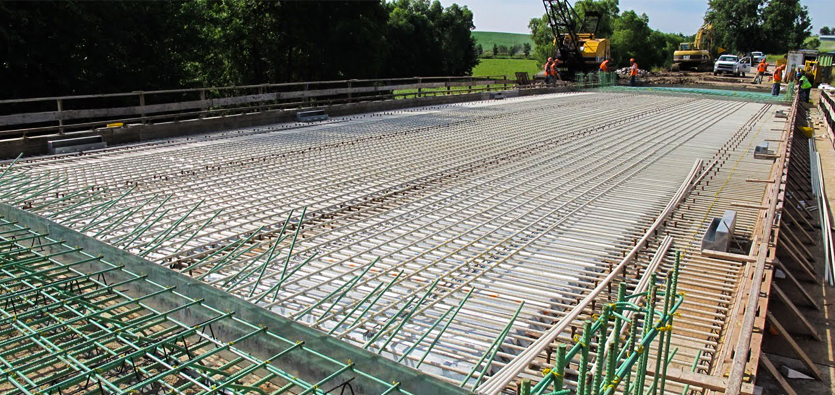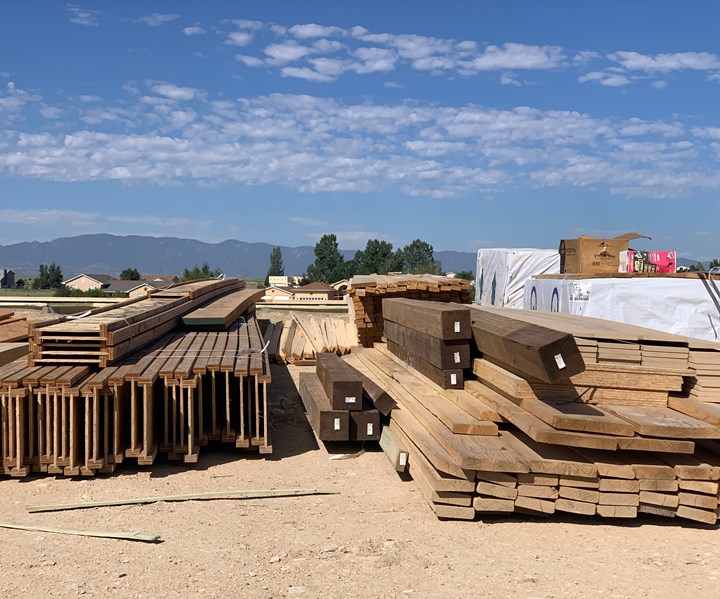Exactly How Composites are Transforming the Landscape of Construction Materials
Exactly How Composites are Transforming the Landscape of Construction Materials
Blog Article
From Waste to Marvel: How Recycled Composites Are Revolutionizing Different Applications
As markets worldwide are increasingly focusing on sustainability and ecological responsibility, the application of recycled composites has emerged as a transformative option across various markets. From improving the performance of vehicle components to using sustainable choices in building materials, the applications of recycled composites are promising and vast. By repurposing waste materials right into cutting-edge composite frameworks, makers are not only minimizing their environmental footprint yet also opening a realm of opportunities for creating resilient, effective, and environmentally friendly items. The ramifications of this change towards recycled composites are profound, advertising a brand-new period of lasting methods and technological improvements that are reshaping industries in unexpected ways (composites).
The Surge of Recycled Composites
The raising fostering of recycled composites in various sectors mirrors a growing recognition of their ecological and financial advantages. Recycled compounds, stemmed from products such as redeemed carbon fiber or recycled plastics, supply a lasting alternative to standard materials without compromising on efficiency. Industries varying from auto and building to aerospace and durable goods are increasingly turning to recycled composites to meet their manufacturing demands.
One secret motorist behind the increase of recycled composites is the press in the direction of sustainability and eco-friendliness. Companies are under enhancing pressure to minimize their carbon impact and reduce waste generation. Recycled composites supply a remedy by utilizing materials that would or else wind up in garbage dumps, consequently advertising a circular economy.
In addition, the financial advantages of utilizing recycled compounds can not be ignored. These materials are usually a lot more cost-effective than their virgin equivalents, providing companies a method to minimize production expenses without giving up high quality. As advancements in recycling modern technologies remain to improve, the adoption of recycled compounds is expected to more boost across varied sectors.
Benefits in Automotive Market

Lasting Solutions in Construction
Incorporating lasting techniques in building and construction jobs is essential for lessening environmental effect and advertising lasting feasibility in the developed environment. With the building market being among the largest factors to carbon emissions and waste generation internationally, the fostering of lasting services is essential in alleviating these negative results. Recycled composites are playing a significant function in transforming building and construction practices by supplying a more environment-friendly choice to standard building products.
Recycled compounds, stemmed from products such as reclaimed plastic, rubber, and timber, offer a sustainable alternative for various building and construction applications. These materials not just help in reducing waste however likewise offer adaptability, sturdiness, and stamina equivalent to traditional construction products. By integrating recycled composites into structure designs, building and construction projects can add to resource preservation and power performance while maintaining high performance requirements.
Moreover, the usage of recycled compounds in construction lines up with the growing need for eco-friendly buildings and see here now lasting framework. As ecological guidelines become more stringent and the focus on sustainability escalates, the building and construction market is increasingly turning to recycled composites as a practical service for producing eco-conscious buildings and structures.
Eco-Friendly Innovations in Product Packaging
Reinventing the realm of lasting product packaging solutions, green advancements are paving the method for eco aware techniques in the packaging market. In action to the global call for minimizing plastic waste and decreasing carbon footprints, business are progressively turning to eco-friendly packaging alternatives. Biodegradable products such as mushroom packaging, seaweed-based films, and compostable plastics provide encouraging remedies to the plastic air pollution situation. These ingenious materials not just decay naturally, lowering ecological influence, yet additionally offer comparable capability and toughness to traditional product packaging choices.
Furthermore, the combination of recycled materials right into product packaging production processes further enhances sustainability initiatives. By integrating post-consumer recycled web content, companies can lower the demand for virgin materials, conserve natural resources, and advertise a circular economic situation in the packaging sector.
Transforming Textiles With Recycled Composites
In the world of sustainable products, the focus currently moves in the direction of transforming fabrics with the cutting-edge use of recycled composites. This development in textile manufacturing is driven by the pressing need for more green methods in the fashion and fabric markets. Recycled compounds provide a promising remedy by integrating materials like plastics, carbon fiber, and glass fiber to produce functional and long lasting fabrics.
Among the crucial advantages of using recycled compounds in textiles is the capability to repurpose waste materials that would certainly otherwise wind up in garbage dumps. By including recycled elements into fabrics, makers can minimize their ecological influence and add to an extra round economic climate - composites. Additionally, textiles made from recycled composites typically show enhanced toughness, toughness, and performance characteristics, making them suitable for a large range of applications
As consumer demand for sustainable products click reference remains to increase, the adoption of recycled composites in textiles is positioned to grow considerably. This change in Get More Information the direction of even more environmentally pleasant textile manufacturing not just benefits the world but likewise opens up brand-new possibilities for innovation and creative thinking in the fashion and textile sectors.
Conclusion

From enhancing the efficiency of vehicle components to using sustainable alternatives in building products, the applications of recycled compounds are promising and huge. Recycled compounds, derived from materials such as redeemed carbon fiber or recycled plastics, offer a sustainable choice to typical products without jeopardizing on efficiency. Furthermore, the usage of recycled compounds advertises the round economic climate by drawing away waste from landfills and decreasing the demand for virgin raw materials - composites.Recycled composites, acquired from materials such as redeemed timber, rubber, and plastic, supply a sustainable alternative for different building applications.In the realm of sustainable products, the emphasis now moves towards transforming fabrics with the innovative use of recycled compounds
Report this page